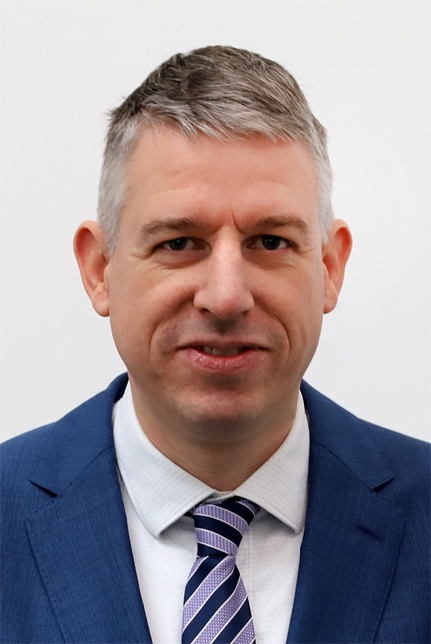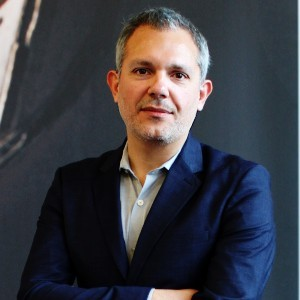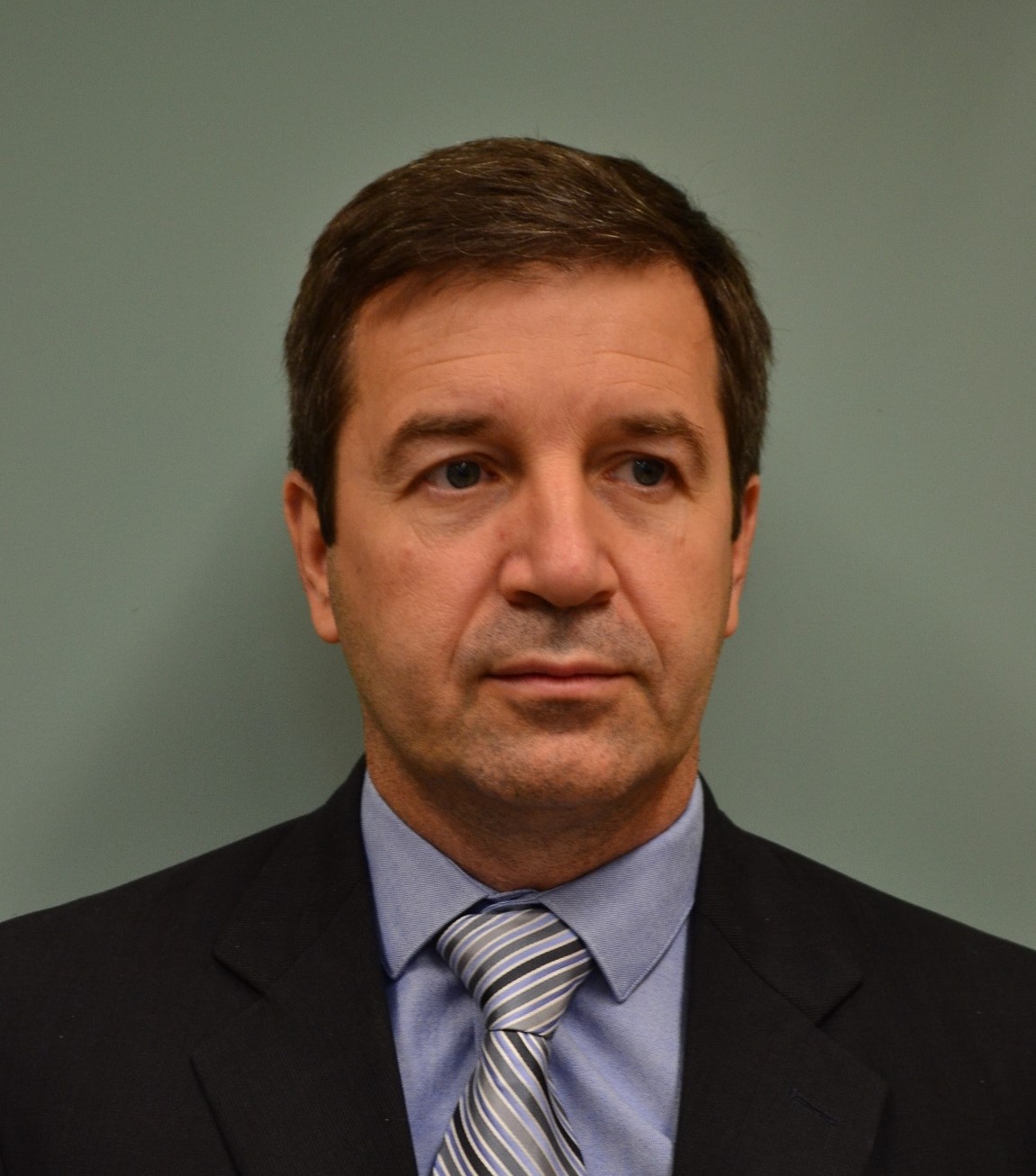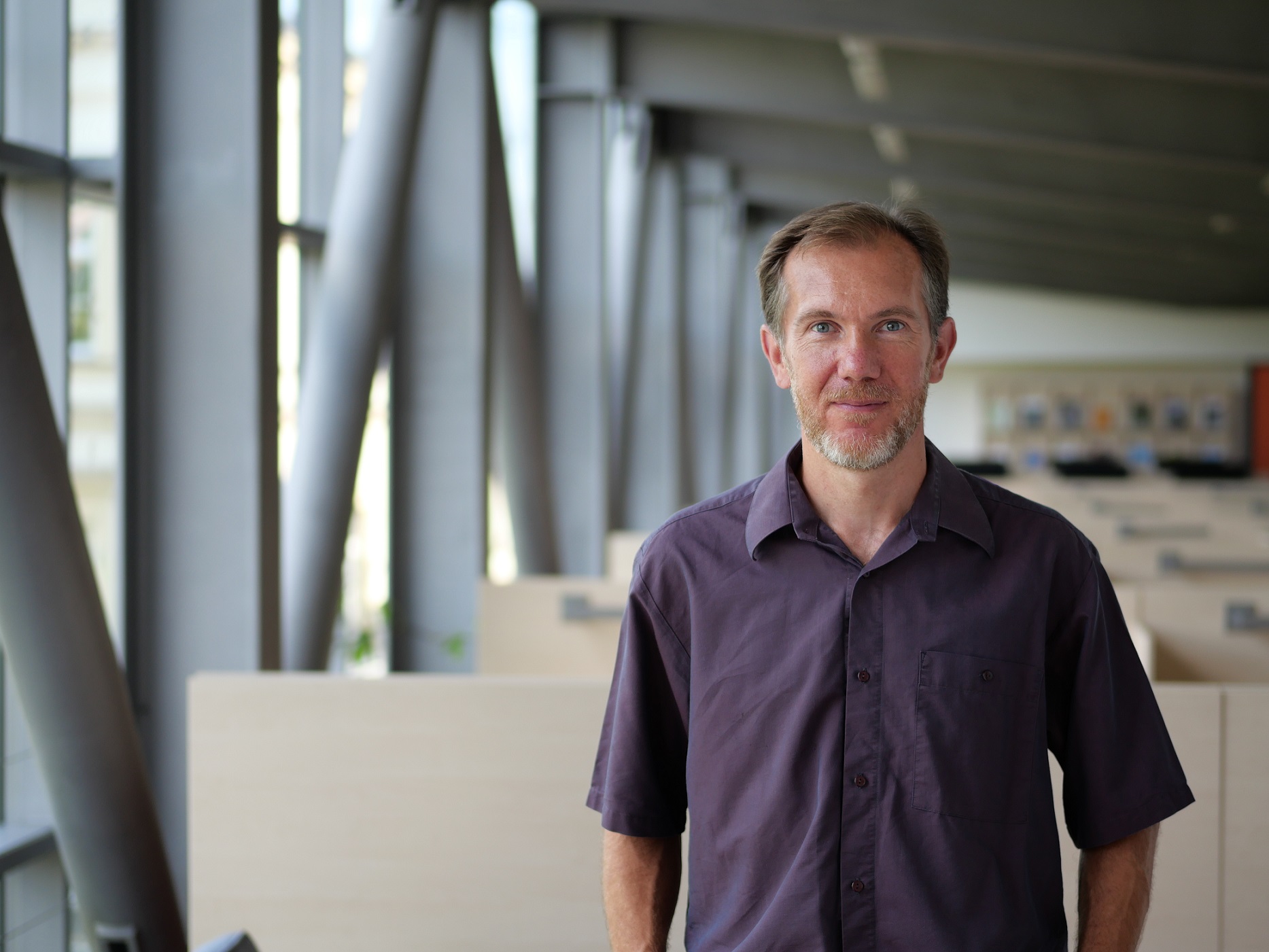Advancements in non-equilibrium plasma laser diagnostics
(WORKSHOP 2)
Chair: Gabi Daniel Stancu (CentraleSupélec, France)
Non-equilibrium plasmas are complex reactive environments driven by multiphysics interactions that are employed or studied to meet numerous societal goals. Given the high intricacy of these systems, laser diagnostics remain essential to the advancement of plasma knowledge and engineering. Their exceptional features enable probing with high sensitivity, selectivity, spatial and temporal resolutions crucial plasma parameters such as non-equilibrium temperatures, densities of key reactive species, velocity and flux distributions and fields. The workshop will expose recent progresses achieved in advanced laser diagnostics for the investigation of non-equilibrium plasmas. Fundamental properties of non-equilibrium plasmas are tackled here by resonant or non-resonant, single or multi-photon and multi-wave techniques, including cavities and ultrashort lasers with wavelengths from ultraviolet to the THz spectroscopic domain. Principles, challenges, examples of studies of non-equilibrium plasmas and perspectives will be addressed.

Jean-Pierre van Helden
Leibniz Institute for Plasma Science and Technology (INP), Germany.
Atomic oxygen measurements with THz absorption spectroscopy, ps-TALIF, and CRDS: A comparison
Jean-Pierre H. van Helden received the M.Sc. and Ph.D. degrees in applied physics from the Eindhoven University of Technology, Eindhoven, The Netherlands, in 2001 and 2006, respectively. From 2007 to 2012, he was a postdoctoral research assistant with the Department of Chemistry, the University of Oxford, working on laser spectroscopy of molecular gases and plasmas. In 2012, he joined the Leibniz Institute for Plasma Science and Technology (INP), Greifswald, Germany. In 2017, he was appointed the Head of the Department of Plasma Diagnostics at INP. His research interests include the physicochemical processes in low and atmospheric pressure plasmas, particularly the development and application of laser-based diagnostics from UV to THz to characterise plasmas and their interactions with surfaces. Since a few years, the focus has been on highly sensitive laser-based diagnostics using novel lasers in the mid- and far-infrared, including cavity-enhanced spectroscopy, frequency comb spectroscopy, and THz spectroscopy.

Alexandros Gerakis
Luxembourg Institute of Science and Technology (LIST), Luxembourg.
Non-resonant four-wave mixing diagnostics for the determination of non-equilibrium in plasmas
Alexandros Gerakis is a Senior Research & Technology Associate at the Luxembourg Institute of Science & Technology (LIST) and a 2021 FNR ATTRACT Fellow. Prior to joining LIST, he was an Assistant Professor at the Aerospace Engineering Department, Texas A&M University, leading the “Optical Probing & Manipulation” Group (he remains an Adjunct Professor with the Department), an Associate Research Physicist at the Princeton Plasma Physics Laboratory, while he postdoc’d at Harvard University. He holds a PhD in Physics from University College London, UK, a Master’s degree from St Andrews and Herriot-Watt Universities, UK, in "Photonic and Optoelectronic Devices" and a BSc from the School of Applied Mathematical and Physical Sciences, National Technical University of Athens, Greece. Dr. Gerakis' research focuses on the development of advanced laser concepts for particle manipulation and diagnostics with a plethora of uses in neutral and plasma flows, nanotechnology, propulsion, quantum optics and fundamental atomic, molecular and optical physics. Over the years his research has been funded by the NSF, DOE, ONR and NASA in the USA, and the FNR in Luxembourg.

Arthur Dogariu
Texas A&M University (TAMU), USA.
Non-equilibrium thermometry in gases and plasmas using hybrid CARS
Arthur Dogariu is an Associate Professor in the Department of Aerospace Engineering at Texas A&M University, and a Research Scholar in the Department of Mechanical and Aerospace Engineering at Princeton University. His research interests include remote sensing, nonlinear and ultrafast optics and spectroscopy, biomedical optics and biosensors, plasma dynamics, and quantum optics. His main focus is developing and applying advanced optical diagnostics for aerospace, plasma physics, national security, and biomedical applications. He received his Ph.D. in Optical Physics from CREOL, The College of Optics and Photonics at the University of Central Florida in 1997. Previous professional appointments include Lecturer at Princeton University, Research Scientist at NEC Laboratories America, Postdoctoral Researcher at the University of California, Santa Barbara. He is a Fellow of Optica (formerly Optical Society of America), and a member of the American Institute of Aeronautics and Astronautics and the American Physical Society. Dr. Dogariu is also an Honorary Member of the Academy of Romanian Scientists.

Pavel Dvořák
Masaryk University (MUNI), Czech Republic
LIF studies of hydrid dissociation in electric discharges
Pavel Dvořák is an Associate Professor at the Department of Plasma Physics and Technology, Faculty of Science, Masaryk University, Brno, Czech Republic. He focuses on plasma diagnostics, primarily using laser-based methods like (TA)LIF and probe techniques, and on teaching physics. In laser-based diagnostics, he primarily works with (TA)LIF in discharges ignited at atmospheric pressures. Besides studying plasma from dielectric barrier discharges and various plasma jets, he also investigates flames, collaborating on the development of so-called atomizers used in analytical chemistry. He applies probe methods and theoretical calculations mainly to capacitively coupled discharges, emphasizing the generation of higher harmonic frequencies of discharge current and voltage, as well as CCP ignition. He teaches various physics courses at the Faculty of Science and contributes to the organization of physics education at the faculty.